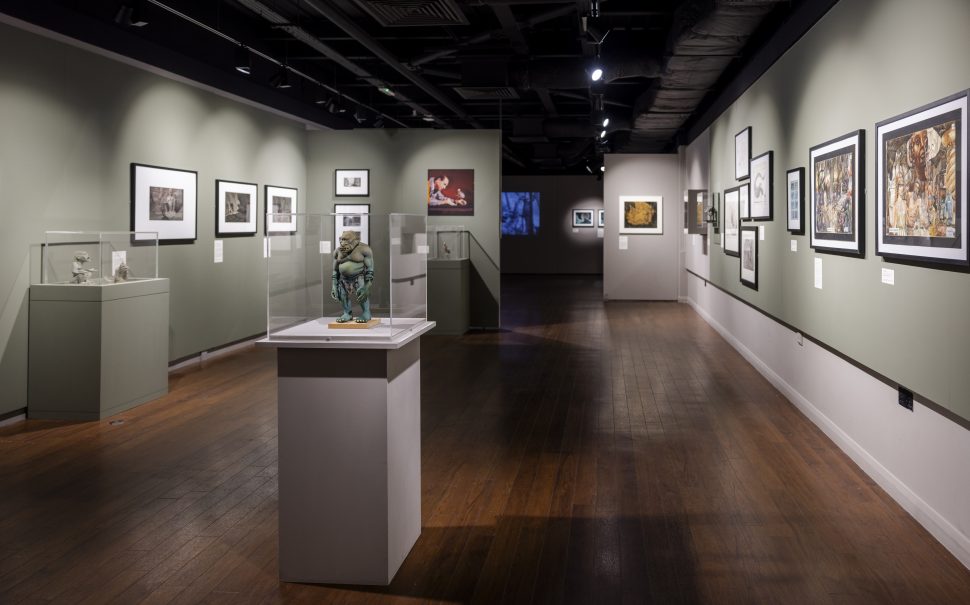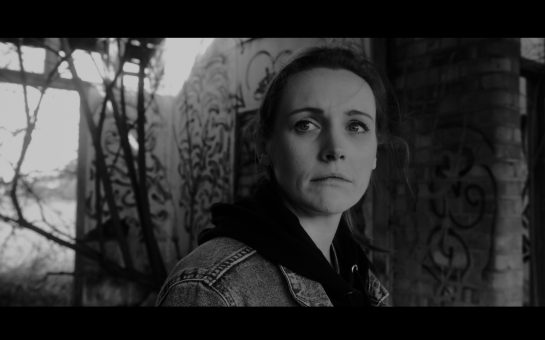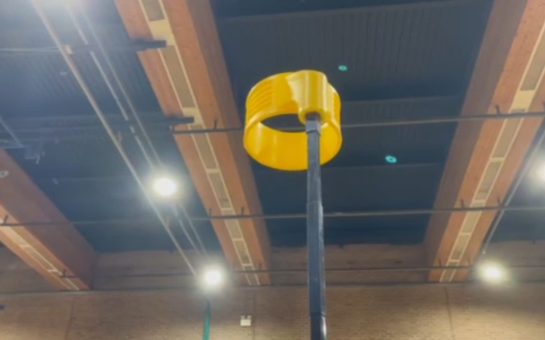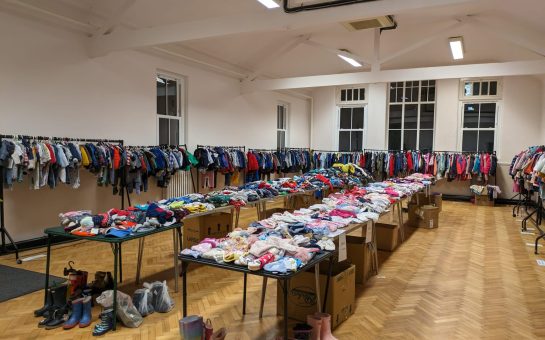The Lost Worlds of Ray Harryhausen, a must-see exhibition for film and animation lovers, has just opened at Sale’s Waterside arts venue.
Visitors can immerse themselves in the detailed creative process of stop-motion pioneer Ray Harryhausen, a true hero in the animation industry, and the creator of some of Hollywood’s most iconic cinematic special effects.
Developed in partnership with The Ray and Diana Harryhausen Foundation, the exhibition features previously un-exhibited preproduction artwork from some of Harryhausen’s most acclaimed films, including Clash of Titans (1981), Jason and the Argonauts (1963), and The 7th Voyage of Sinbad (1958).
The exhibition’s first section, ‘Harryhausen the Myth’, explores the iconic status that the animator established throughout his career, and is packed full of stills from rare scenes, key drawings from his most iconic films and early character sketches for Jason and the Argonauts.
It even has the pilot script of the 1996 film The Story of Odysseus, an unrealised collaboration between Harryhausen and Manchester-based TV animators Cosgrove Hall Productions.
It’s second section, ‘Evolution of Harryhausen’ does exactly what it says on the tin in intricate detail, exploring the evolution from Harryhausen’s early experiments and character designs aged 18, to storyboard sketches from his most financially successful film, Clash of Titans.
Upon entering the exhibition, visitors are greeted by a terrifying, yet strangely endearing cyclops figurine from Harryhausen’s unrealised Story of Odysseus.
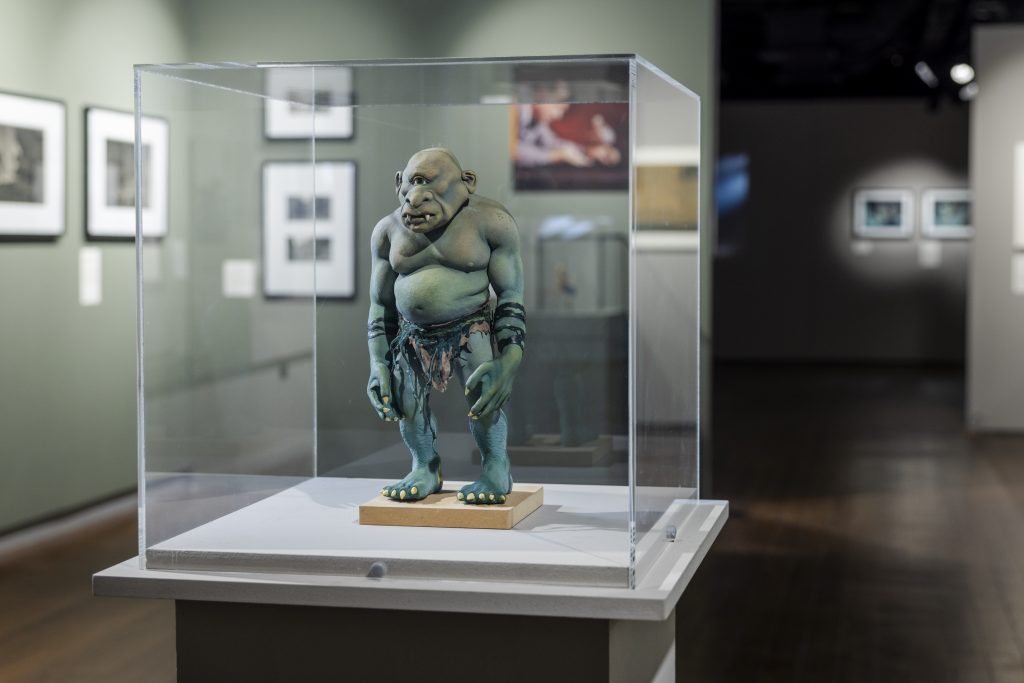
Though the film never came to fruition, it is apt that this little character is both the first and the last thing visitors cast their eyes on when walking around the exhibition. Seeing Harryhausen’s creatures in this three-dimensional way perfectly encapsulates the intense degree of detail that he put into his work, a level of detail often far too advanced for the cameras of the time to truly capture.
It perfectly demonstrates the love, care, and passion that Harryhausen had for his imaginary worlds and the creatures that lived within them.
It is easy to take Harryhausen’s work for granted when watching his films, and, with the CGI and special effects that are available to us today, his style of stop-motion animation is at risk of appearing low quality or out of date to younger audiences.
However, being able to follow Harryhausen’s creative process, from his initial rough character sketches, to detailed diagrams, the skeletal metal armature of his creatures, and finally the finished three-dimensional model, allows visitors to clearly understand his level of skill and precision, and the sheer dedication he had for his craft in a time when only the most creative of minds could conjure such immersive animated experiences.
The Lost Worlds of Ray Harryhausen is the perfect event for animation fans. But it might be even more worthwhile for those who previously thought his work to be outdated.
The Lost Worlds of Ray Harryhausen is on at the Lauriston Gallery in Sale’s Waterside from now until 4 January 2025 and entry is free.
Featured image: The Lost Worlds of Ray Harryhausen at Sale’s Waterside by Rebecca Lupton.
